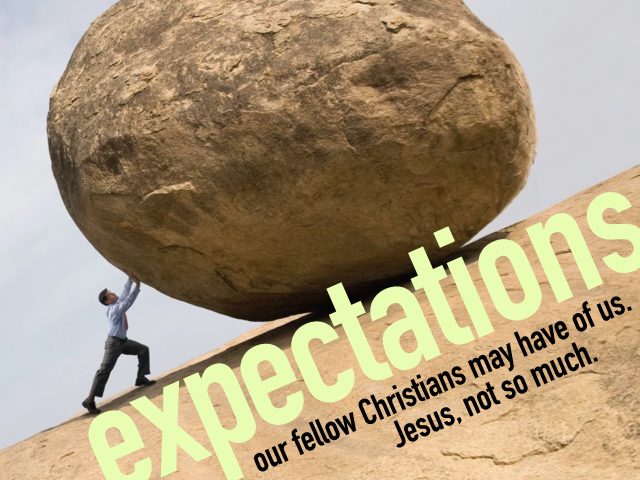
Years ago I taught the science classes at a Christian junior high school. Just for a year. Mainly ’cause the other teachers in our program didn’t wanna, and I had two classes free in my schedule. So those classes became Science 6, and Science 7/8.
I’m not a scientist. My field is the social sciences—history, civics, economics. I also have a degree in theology, so of course I can teach bible. I find science interesting, but I’m no expert. But since I had the summer recess to prepare, I had to get familiar with what I’d be teaching. So first I read through the California state standards. Then I got hold of our textbooks.
Great horny toads.
I’m not talking about their condition, which was bad. If you’re running a school, never, ever,
I am in fact speaking of their content. The books came from a popular Christian textbook publishing house in Florida. I don’t know whether they matched Florida’s state standards for intermediate school science. They didn’t California’s. I realized I was gonna have to pull in quite a lot of supplemental stuff.
The other part of the problem: They weren’t about actual science anyway. They were about nature trivia and astronomy trivia. Nothing about how to prove your hypothesis through experimentation. Y’know, actual science.
In fact a full sixth of the books were all about
I’m an old-earth creationist myself. But even if the books taught my view, I still wouldn’t wanna waste two months of the school year on the subject.
Mixed in with all this non-science were whole paragraphs and pages which consisted of odes to God: Nature is great, and so is God for creating nature. Lots of bible verses, used as pull quotes, which the authors figured were appropriate to the subject at hand. But most of ’em
Not completely useless, but pretty close. So I went to the vice principal to inform him on the situation, and what I was gonna do about it.

